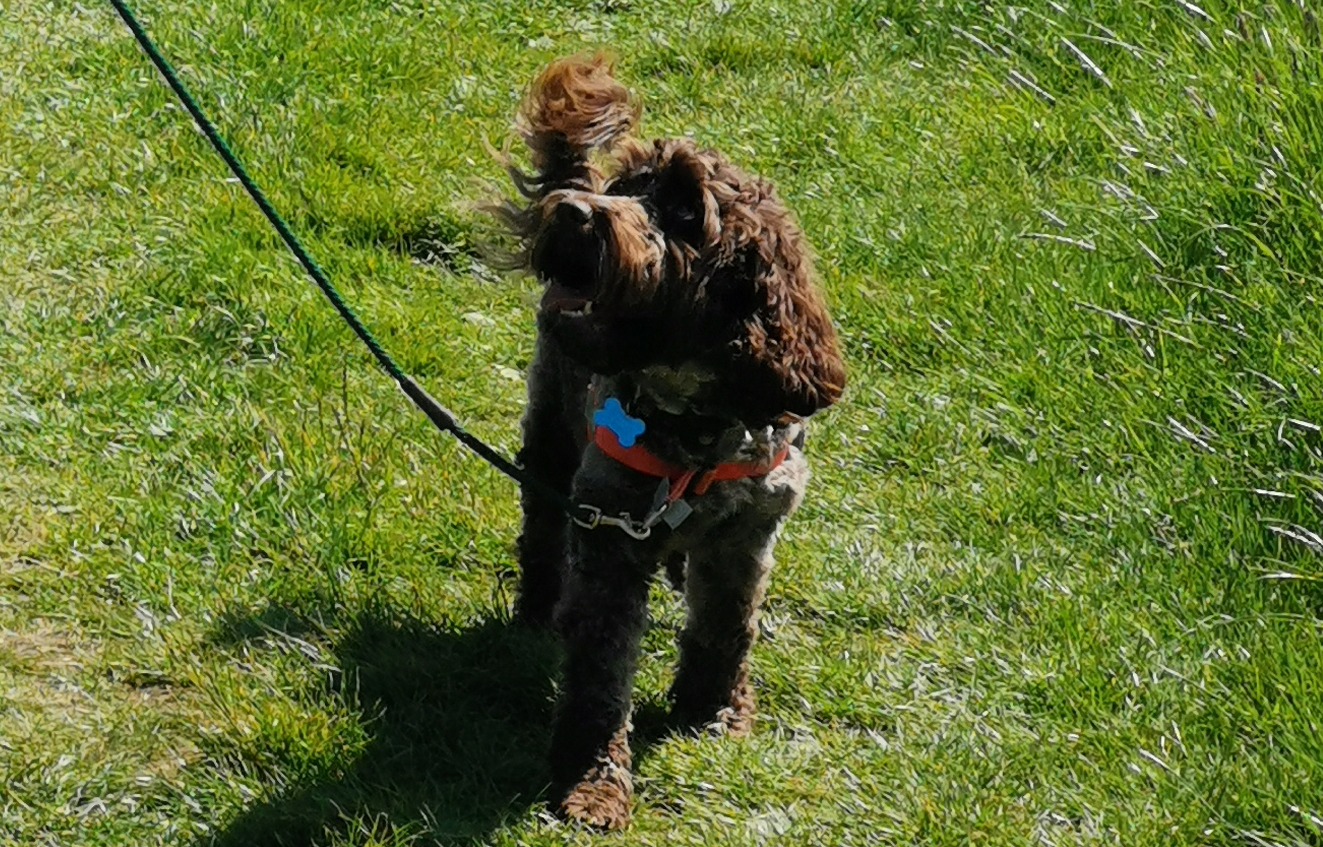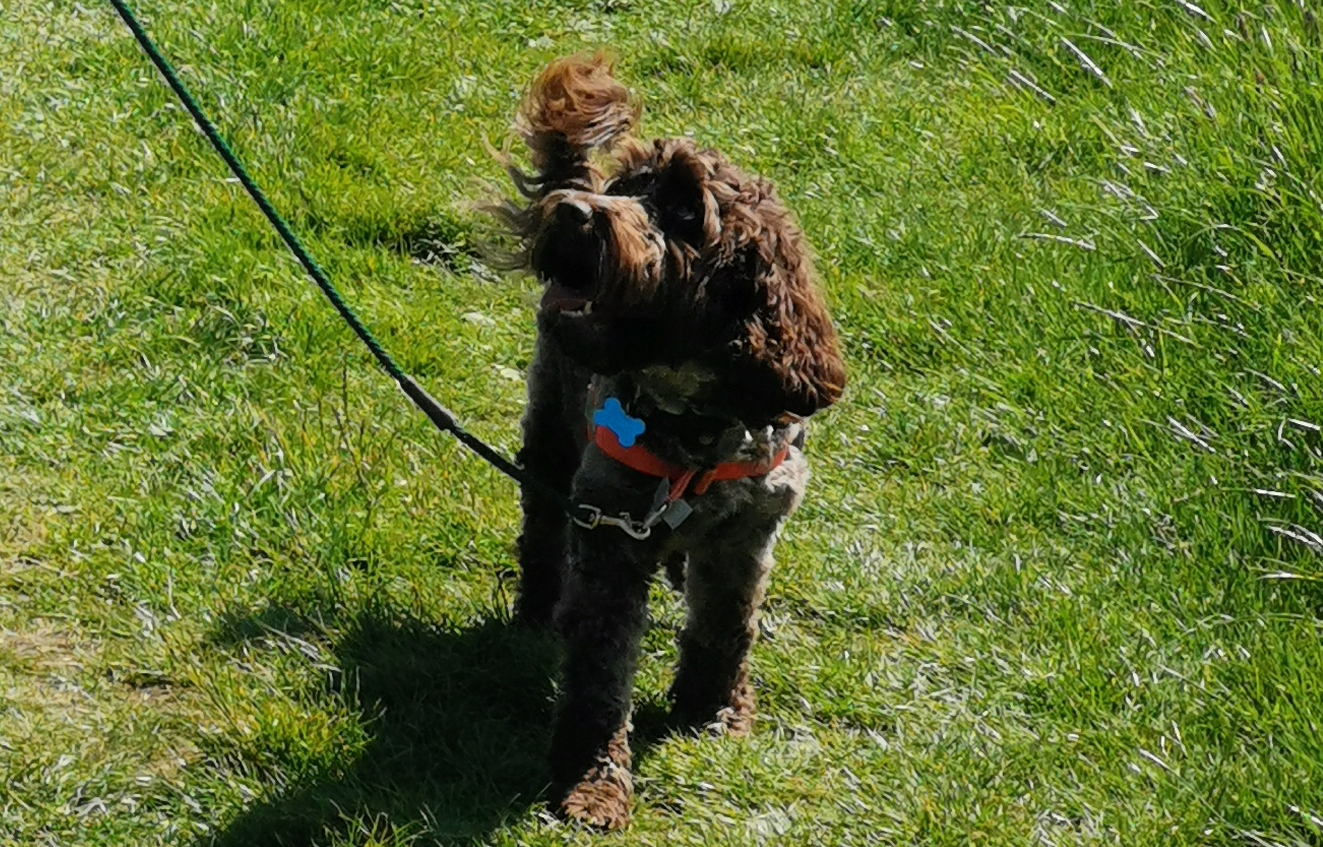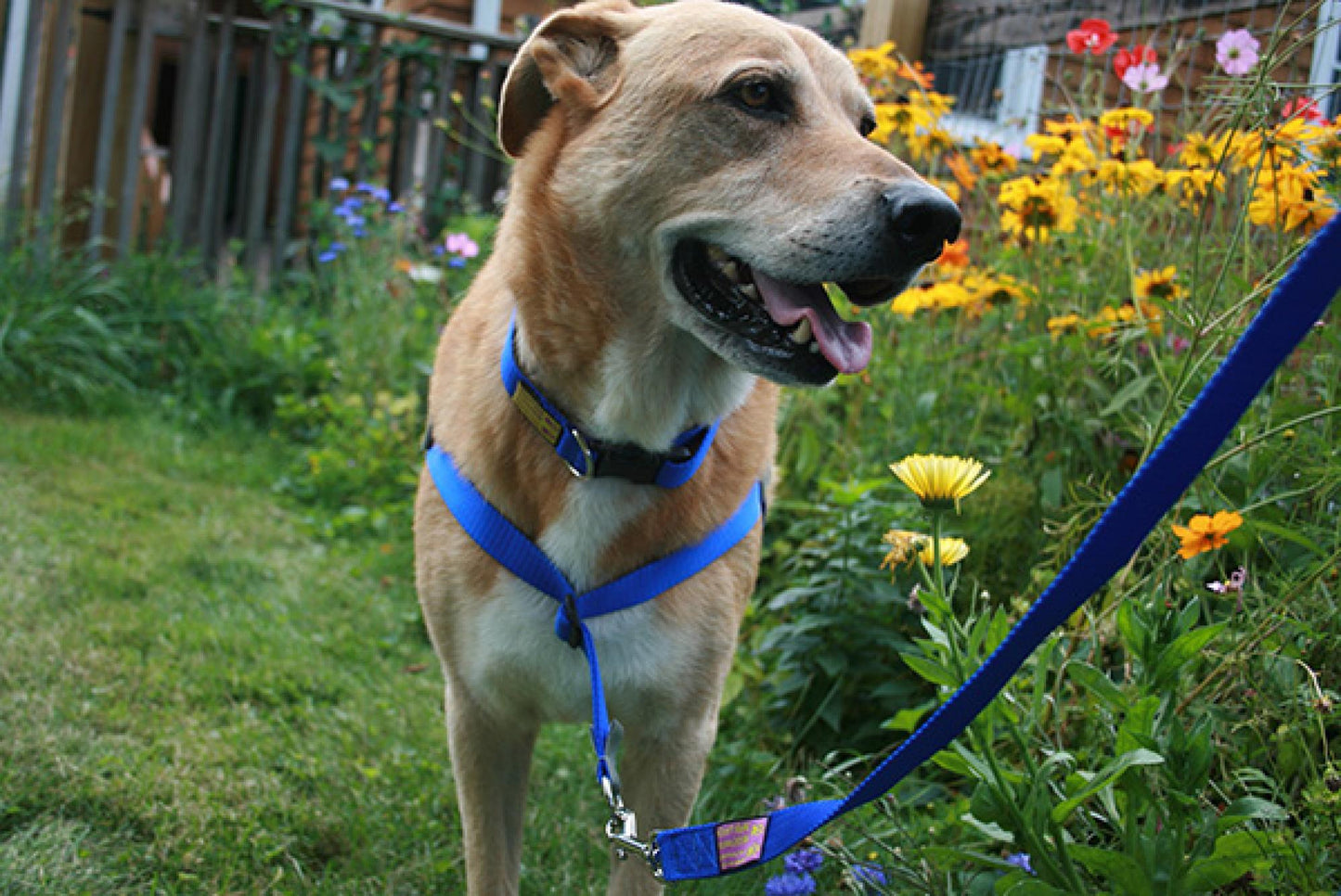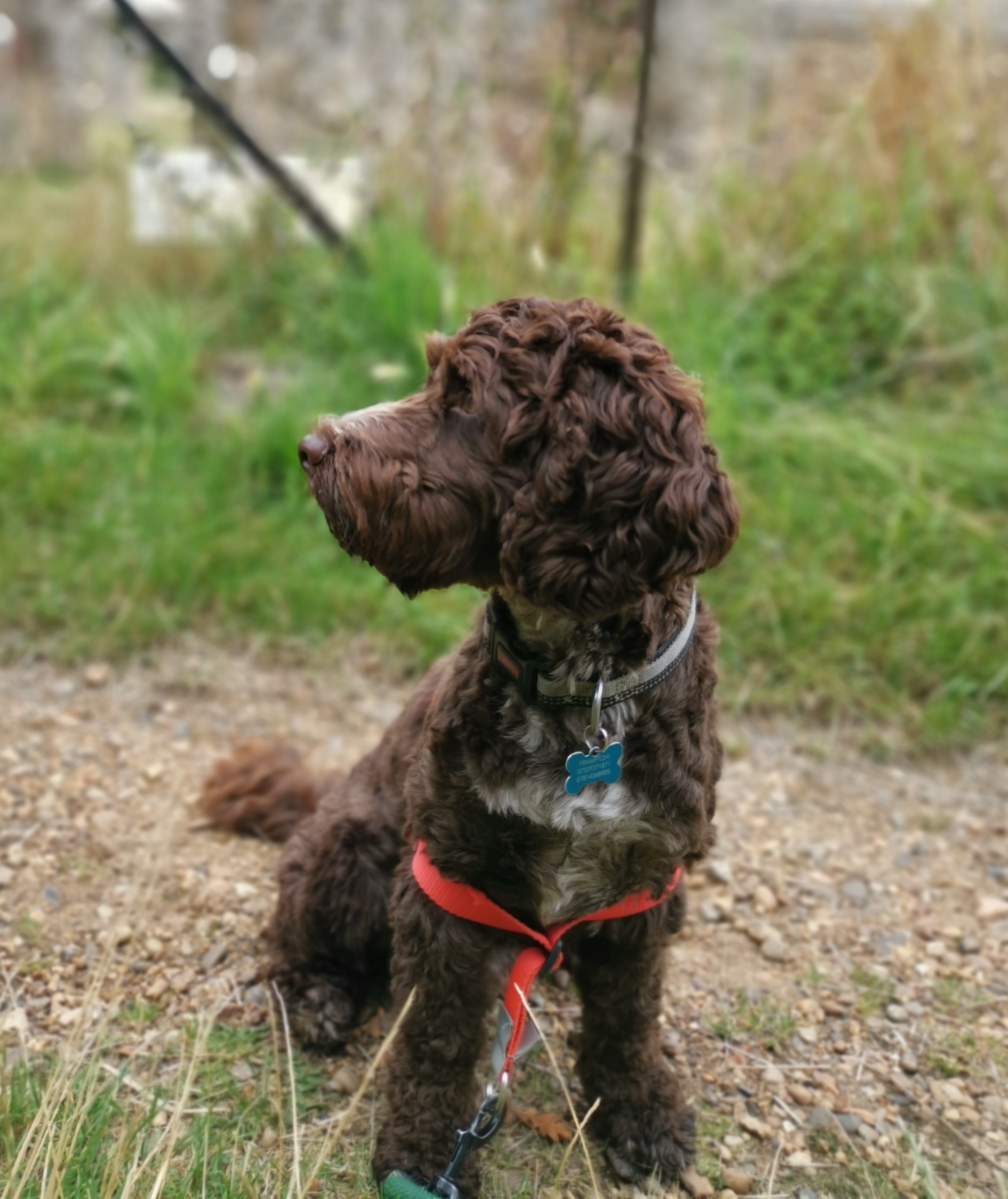Introduction:
In the realm of dog training and behavior, the concept of positive reinforcement stands out as a powerful and effective tool. Far beyond just shaping behavior, positive reinforcement fosters a deeper connection between you and your furry friend. In this article, we'll explore the principles of positive reinforcement and how implementing this approach can strengthen the bond with your dog.
-
Understanding Positive Reinforcement: Positive reinforcement involves rewarding your dog for exhibiting desired behaviors, increasing the likelihood that those behaviors will be repeated. This method focuses on encouragement, praise, treats, or playtime as positive consequences, creating a positive association with specific actions.
-
Timing is Crucial: Timing plays a critical role in positive reinforcement. The reward should be given immediately after your dog performs the desired behavior. This ensures a clear connection between the action and the positive consequence, helping your dog understand what they are being rewarded for.
-
Use High-Value Rewards: Different dogs have different preferences when it comes to rewards. Some may be motivated by treats, while others may prefer praise or play. Identify what your dog values most and use high-value rewards for more challenging tasks or behaviors. This enhances the effectiveness of positive reinforcement.
-
Start with Basic Commands: Begin positive reinforcement training with basic commands such as sit, stay, or come. These foundational commands serve as building blocks for more advanced training and help establish a positive communication channel between you and your dog.
-
Consistency is Key: Consistency is crucial in positive reinforcement training. Reward your dog consistently for the desired behavior, but also be consistent in ignoring or redirecting unwanted behaviors. This clarity helps your dog understand the expectations and reinforces the bond of trust between you.
-
Tailor Rewards to Individual Dogs: Dogs are unique individuals with distinct preferences. Some dogs may be motivated by treats, while others may respond better to verbal praise or a favorite toy. Pay attention to what resonates with your dog and tailor your rewards accordingly.
-
Make Training Enjoyable: Positive reinforcement should be an enjoyable experience for both you and your dog. Keep training sessions short, upbeat, and filled with praise and rewards. This creates a positive environment, making your dog more receptive to learning and strengthening the bond between you.
-
Address Behavioral Challenges Positively: When faced with behavioral challenges, take a positive approach to address them. Instead of punishing undesirable behaviors, focus on redirecting and rewarding the desired alternatives. This not only corrects behavior but also helps your dog understand what you expect from them.
-
Build Trust and Confidence: Positive reinforcement builds trust and confidence in your dog. When they associate good behavior with positive consequences, they become more willing to engage, learn, and trust your guidance. This trust forms the foundation of a strong and positive bond.
-
Integrate Positive Reinforcement into Daily Life: Positive reinforcement is not limited to formal training sessions. Integrate it into your daily interactions with your dog. Praise them for calm behavior, sitting patiently, or any other positive action you observe. This continuous reinforcement reinforces good behavior as a natural part of their routine.
Conclusion:
Positive reinforcement is a beacon of encouragement and connection in the realm of dog training. By embracing this approach, you not only shape your dog's behavior but also nurture a profound bond built on trust, understanding, and mutual respect. Through consistent and positive interactions, you'll find that your dog becomes more responsive, engaged, and eager to please, solidifying the special connection you share.










